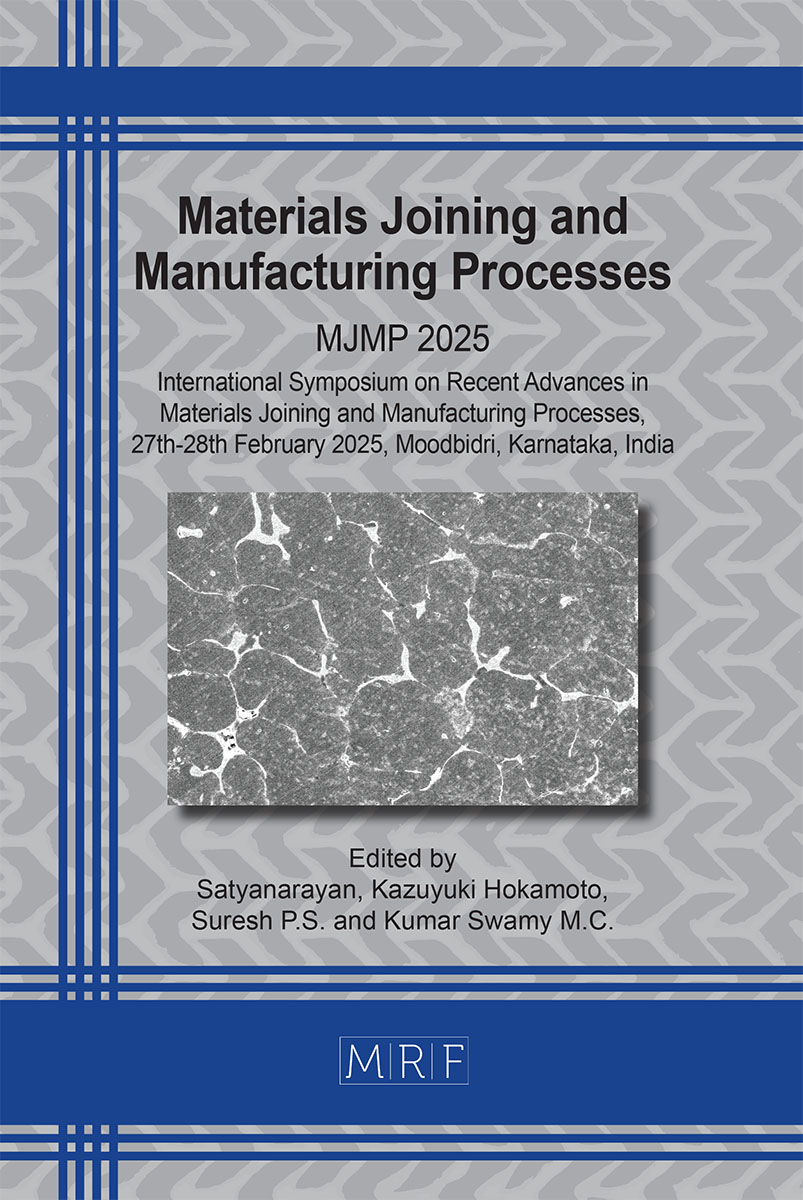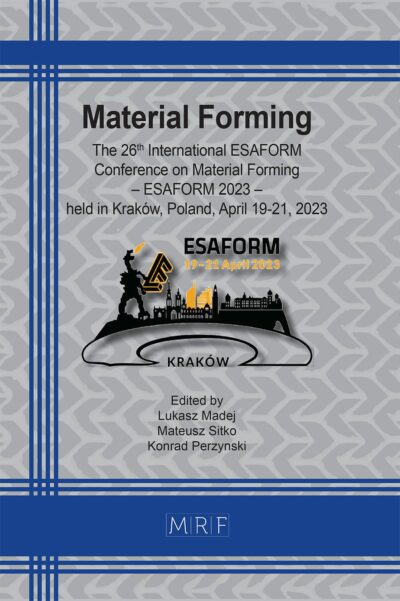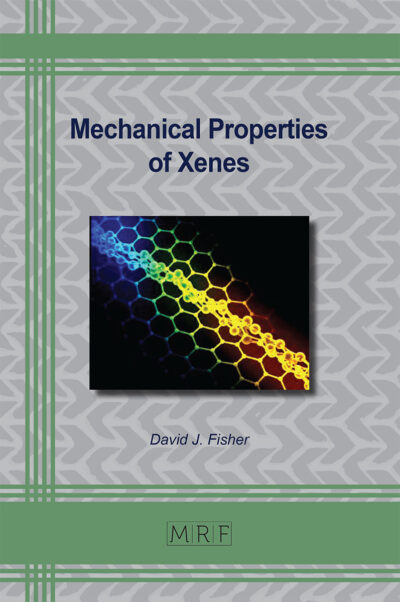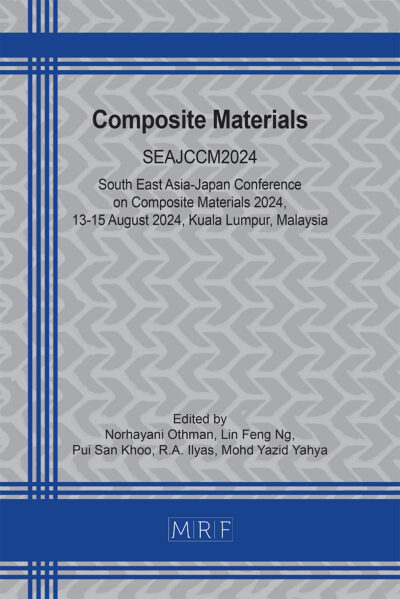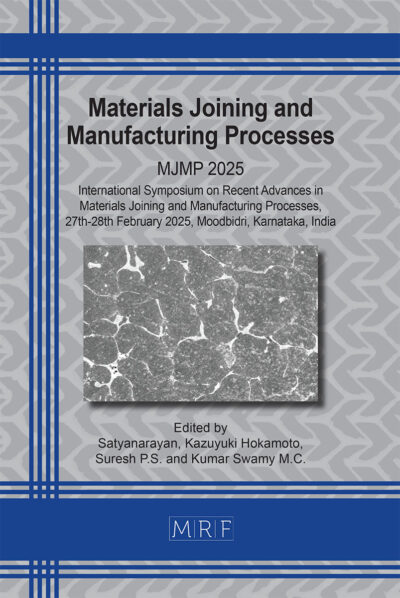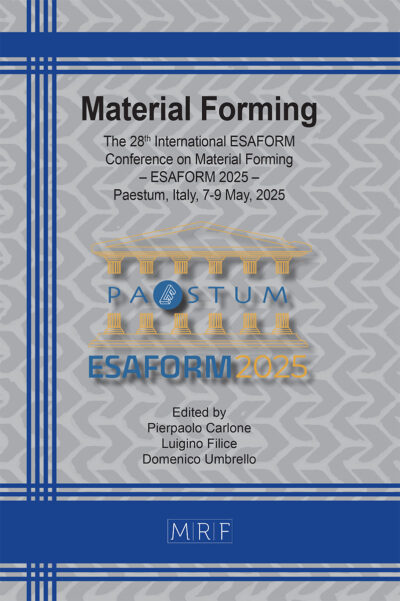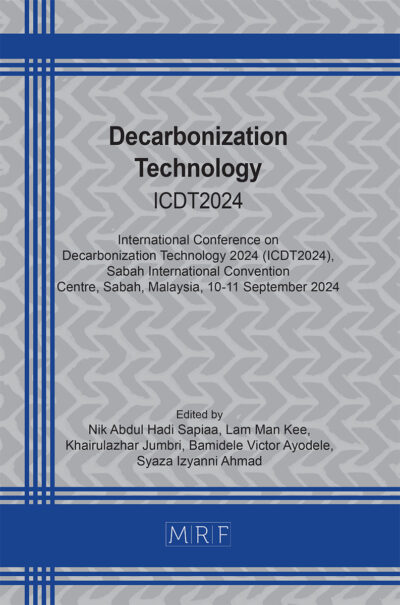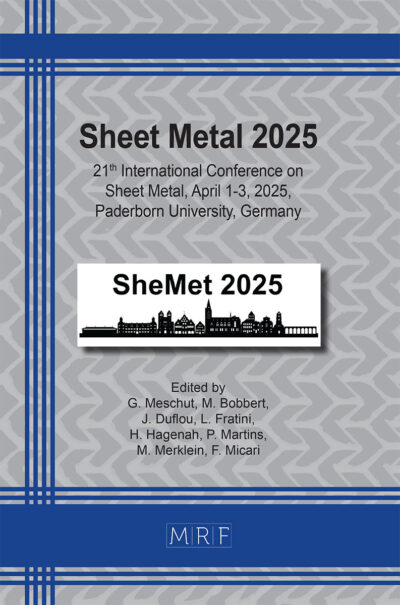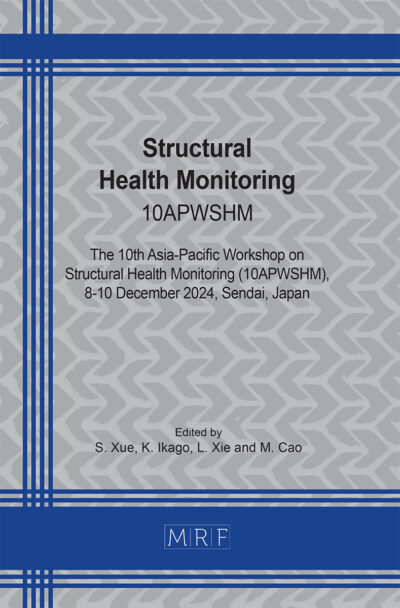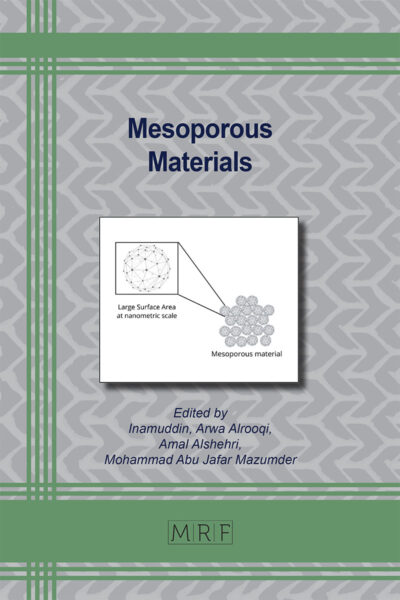Optimization of mechanical properties in 3D-printed PLA parts with honeycomb and cubic infill patterns using taguchi method
Aveen K.P., Shivaramu H.T., Praveen K.C., Sridhar D.R., Thoran
Abstract. 3D printing is a revolutionary manufacturing technology that provides previously unheard-of levels of efficiency and design freedom. Fused Deposition Modeling (FDM) is a popular method for creating complicated parts using thermoplastic materials like Polylactic Acid (PLA). Layer height, layup speed, and infill pattern are some of the process variables that have a major impact on the mechanical characteristics of PLA components that are FDM produced. The goal of this study was to maximize the mechanical performance of PLA components made with honeycomb and cubic infill patterns. The best combinations of layer height, layup speed, and infill density were found via Taguchi optimization. The findings showed that in terms of modulus and tensile strength, honeycomb infill designs continuously performed better than cubic patterns. Notably, a 40% infill density with a 0.3 mm layer height and a 60 mm/s layup speed yielded the best mechanical properties for honeycomb-patterned parts. The Taguchi study emphasized how important layer height and infill density are to mechanical performance. These results offer useful recommendations for producers looking to enhance FDM procedures in order to create long-lasting, premium PLA components. Tensile strength and modulus were found to be most significantly impacted by infill density and layer height when the Taguchi method was used to optimize the process parameters.
Keywords
3D Printing, FDM, PLA, Taguchi Optimization, Cubic Infill, Honeycomb Infill
Published online 6/1/2025, 12 pages
Copyright © 2025 by the author(s)
Published under license by Materials Research Forum LLC., Millersville PA, USA
Citation: Aveen K.P., Shivaramu H.T., Praveen K.C., Sridhar D.R., Thoran, Optimization of mechanical properties in 3D-printed PLA parts with honeycomb and cubic infill patterns using taguchi method, Materials Research Proceedings, Vol. 55, pp 118-129, 2025
DOI: https://doi.org/10.21741/9781644903612-18
The article was published as article 18 of the book Materials Joining and Manufacturing Processes
![]() Content from this work may be used under the terms of the Creative Commons Attribution 3.0 license. Any further distribution of this work must maintain attribution to the author(s) and the title of the work, journal citation and DOI.
Content from this work may be used under the terms of the Creative Commons Attribution 3.0 license. Any further distribution of this work must maintain attribution to the author(s) and the title of the work, journal citation and DOI.
References
[1] A. Y. Alqutaibi, M. A. Alghauli, M. H. A. Aljohani, M. S. Zafar, Advanced additive manufacturing in implant dentistry: 3D printing technologies, printable materials, current applications and future requirements, Bioprint (2024) e00356. https://doi.org/10.1016/j.bprint.2024.e00356
[2] A. Jandyal, I. Chaturvedi, I. Wazir, A. Raina, M. I. U. Haq, 3D printing–A review of processes, materials and applications in industry 4.0, Sust. Oper. Comput. (2022) 33-42. https://doi.org/10.1016/j.susoc.2021.09.004
[3] K. B. Mustapha, K. M. Metwalli, A review of fused deposition modelling for 3D printing of smart polymeric materials and composites, Eur. Polym. J. 156 (2021) 110591. https://doi.org/10.1016/j.eurpolymj.2021.110591
[4] R. H. Risad, M. H. Ahmed, A. Basher, S. Rashid, M.M.A. Shishir, K.R. Hossain, FDM printing process and its Biomedical Application.Chem. Res. Technol. 1.3 (2024) 138-149. https://doi.org/10.22034/chemrestec.2024.467346.1021
[5] E. H. Tümer, H. Y. Erbil, Extrusion-based 3D printing applications of PLA composites: a review, Coatings 11.4 (2021) 390. https://doi.org/10.3390/coatings11040390
[6] V. Cojocaru, D. Frunzaverde, C. O. Miclosina, G. Marginean, The influence of the process parameters on the mechanical properties of PLA specimens produced by fused filament fabrication A review, Polymers 14.5 (2022) 886. https://doi.org/10.3390/polym14050886
[7] H. Radhwan, Z. Shayfull, S. M. Nasir, A.R. Irfan, Optimization parameter effects on the quality surface finish of 3D-printing process using taguchi method, IOP Conf. Ser.: Mater. Sci. Eng. Vol. 864. No. 1. (2020) DOI 10.1088/1757-899X/864/1/012143
[8] M. Q. Tanveer, G. Mishra, S. Mishra, R. Sharma, Effect of infill pattern and infill density on mechanical behaviour of FDM 3D printed Parts-a current review, Mater. Today: Proc. 62 (2022) 100-108. https://doi.org/10.1016/j.matpr.2022.02.310
[9] K. P. Aveen, F. Vishwanath Bhajathari, C. J. Sudhakar, 3D Printing & Mechanical Characteristion of polylactic acid and bronze filled polylactic acid components, IOP Conf. Ser. Mater. Sci. Eng. Vol. 376. No. 1. IOP Publishing (2018) DOI 10.1088/1757-899X/376/1/012042
[10] B. Aloyaydi, S. Sivasankaran, A. Mustafa, Investigation of infill-patterns on mechanical response of 3D printed poly-lactic-acid. Polym. Test. 87 (2020) 106557. https://doi.org/10.1016/j.polymertesting.2020.106557
[11] L. Dezaki, Mohammadreza, Mohd Khairol Anuar Mohd Ariffin. The effects of combined infill patterns on mechanical properties in fdm process, Polymers 12.12 (2020) 2792. https://doi.org/10.1016/j.matpr.2022.09.227
[12] P. Sanket, N. Zaveri, Investigating the influence of infill pattern on the compressive strength of fused deposition modelled PLA parts, Proceedings of: ICIMA 2020. Springer Singapore, (2020) https://link.springer.com/chapter/10.1007/978-981-15-4485-9_25
[13] R. Srinivasan, W. Ruban, A. Deepanraj, R. Bhuvanesh, T. Bhuvanesh, Effect on infill density on mechanical properties of PETG part fabricated by fused deposition modelling, Mater. Today: Proc.27 (2020) 1838-1842. https://doi.org/10.1016/j.matpr.2020.03.797
[14] K. Sharma, K. Kumar, K. R. Singh, M. S. Rawat, Optimization of FDM 3D printing process parameters using Taguchi technique, IOP Conf. Ser.: Mater. Sci. Eng. Vol. 1168. No. 1. IOP Publishing, 2021. DOI 10.1088/1757-899X/1168/1/012022
[15] K. P. Aveen, V. Bhajantri, R. D’Souza, N. V. Londe, S. Jambagi, Experimental analysis on effect of various fillers on mechanical properties of glass fiber reinforced polymer composites, AIP Conf. Proc. Vol. 2057. No. 1. (2019). https://doi.org/10.1063/1.5085615
[16] Tseng, Wan-Tsun, Chen-Nan Kuo, Li-Iau Su, Optimizing design parameters of a novel PM transverse flux linear motor, Trans. Can. Soc. Mech. Eng. 39.3 (2015) 443-454. https://doi.org/10.1139/tcsme-2015-0033
[17] U. V. Akhil, N. Radhika, B. Saleh, S. Aravind Krishna, N. Noble, L. Rajeshkumar, A comprehensive review on plant‐based natural fiber reinforced polymer composites: fabrication, properties, and applications, Polym. Compos. 44.5 (2023) 2598-2633. https://doi/abs/10.1139/tcsme-2015-0033

